The Praying Mantis : 3D Puzzle, Laser Cut, Scroll Saw, CNC Router, Template, Pattern DXF, CDR, SVG
$4.00
The Praying Mantis 3D Puzzle captures the delicate beauty of this unique insect in intricate detail. Designed as a laser-cut CNC template, this puzzle offers an engaging and rewarding assembly experience. Suitable for laser cutters, CNC routers, and plasma cutters. Included file formats are SVG, DXF, CDR, and PDF. Patterns are supplied in two standard sizes, usually 1/8th (.1250) and 3mm, but are scalable vectors, allowing you to adjust the pattern size to suit the thickness of your material. Scaling up will enlarge the finished model or shrink it if you scale down. Please see our Scale Calculator to make this task simple.
SKU: 447
Category: Insects & Spiders
Tags: 3D PUZZLE, 6040cnc, CNC template, DIY puzzle, GLOWFORGE, hobbyist, INSECT, laser cut, nature theme, praying mantis, silhouette, woodworking
Description
PLEASE NOTE THIS IS A DIGITAL DOWNLOAD PRODUCT. NO PHYSICAL ITEM WILL BE SHIPPED !
The Mantis
Mantodea is an order of insects that contains over 2,400 valid species and about 430 genera in 15 families worldwide in temperate and tropical habitats. Most of the species are in the family Mantidae.
The English common name for any species in the order is “praying mantis”, because of the typical “prayer-like” attitude with folded fore-limbs, although the eggcorn “preying mantis” is sometimes used in reference to their predatory habits. In Europe and other regions, however, the name “praying mantis” refers to only a single species, Mantis religiosa. The closest relatives of mantises are the termites and cockroaches. They are sometimes confused with phasmids (stick orleaf insects) and other elongated insects such as grasshoppers and crickets.
Mantises have two grasping, spiked forelegs (“raptorial legs”) in which prey items are caught and held securely. In most insect legs, including the posterior four legs of a mantis, the coxa and trochanter combine as an inconspicuous base of the leg; in the raptorial legs however, the coxa and trochanter combine to form a segment about as long as the femur, which is a spiky part of the grasping apparatus.
The systematics of mantises have long been disputed. Mantises, along with walking sticks, were once placed in the order Orthoptera with the cockroaches (now Blattodea) and rock crawlers. Kristensen combined Mantodea with the cockroaches and termites into the order Dictyoptera.
Mantids may have a visual range of up to 20 metres. Their compound eyes may comprise up to 10,000 ommatidia.
Generally, mantises protect themselves by camouflage and concealment. When bothered enough, like when a human pinches their abdomens and moves his hand around them with sudden movements, many mantis species will stand tall and spread their forelegs, with their wings fanning out wide. The fanning of the wings makes the mantis seem larger and more threatening, with some species having bright colors and patterns on their hind wings and inner surfaces of their front legs for this purpose.
Mantises, like stick insects, show rocking behaviour in which the insect makes rhythmic, repetitive side-to-side movements. Functions proposed for this behaviour include the enhancement of crypsis by means of the resemblance to vegetation moving in the wind. Mantises are camouflaged, and most species make use of protective coloration to blend in with the foliage or substrate, both to avoid predators, and to better snare their prey. Various species have evolved to not only blend with the foliage, but to mimic it, appearing as either living or withered leaves, sticks, tree bark, blades of grass, flowers, or even stones. Some species in Africa and Australia are able to turn black after a molt following a fire in the region to blend in with the fire ravaged landscape (a type of adaptive melanism referred to as fire melanism). While mantises can bite, they have no venom. They can also slash captors with their raptorial legs (which is often preceded by a threat display wherein the mantis will rear back and spread its front legs and wings (if present), often revealing vivid colors and/or eyespots to startle a predator). Mantises are without chemical protection; Many large insectivores will eat a mantis, including Scops owls, shrikes, bullfrogs, chameleons, and Milk Snakes.
Collect your rhythmic Praying Mantis Today!
Hello and Thanks for shopping with makeCNC!
These 3D Puzzles are a Downloadable Product that have been Designed ready to cut on any CNC router or CNC Laser Machine.
They are supplied as ready-to-cut vector files in several formats for CNC Routers, Lasers, Plasma, Die Cutters and Scroll Saws are just of the few ways you can use these Patterns.
Basic slot sizes (Meaning your Material Thickness)
1/8 Inch or 1/4 Inch
Metric: Slot Size (Meaning your Material Thickness)
3mm or 6mm
1 x Color Assembly Guide.
Number of Parts:
Finished size of Model at 1/8th or 1/4 Inch
Finished size of Model at 3mm or 6mm
Approximate Size at 3mm
L= 326
W = 69
H = 298
Approximate Size at 1/8 inch
L = 12.8
W = 2.7
H = 11.7
Approximate Size of Largest Part
6.3 X 2 inches
161 X 51 mm
Approximate Part Number: 25
NOTE: Our 3D Puzzles can be built in different thicknesses.
Example: 1/8″ uses 1/8″ Plywood…1/4″ uses 1/4″ Plywood, etc.
As a rule, although the slots are set to fit the same sized tool, most
people will use a smaller bit size when cutting on a CNC Router.
Copyright Policy
Respect Intellectual Property: At makeCNC, each of our digital patterns is a result of creativity and hard work. Unauthorized sharing, copying, or redistribution of our products not only violates legal boundaries but seriously impacts our community and ability to continue delivering new designs.
Current Policy: All downloadable products are copyrighted by makeCNC. Redistribution of these files in any format, other than material products made from the files, is strictly prohibited. Assembly PDFs can be sold as printed copies only alongside a finished product from the files.
Personal Use and Fair Use: You are encouraged to use our files to create as many physical items as you desire on your own machines. However, these rights are limited to personal use, not for third-party manufacturing.
Combat Piracy: We lose a significant portion of our annual income to piracy. You can help us by not participating in or encouraging the sharing or selling of our files. If you encounter makeCNC files being misused, please report them to us directly.
Legal Consequences: Engaging in piracy or unauthorized distribution of our files is not only damaging to makeCNC but is also a punishable offense under the law.
Thank You for Your Support: By adhering to this policy, you help makeCNC continue to thrive and innovate. We appreciate your understanding and cooperation.
Only logged in customers who have purchased this product may leave a review.

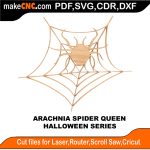
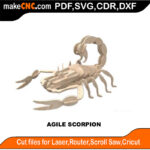
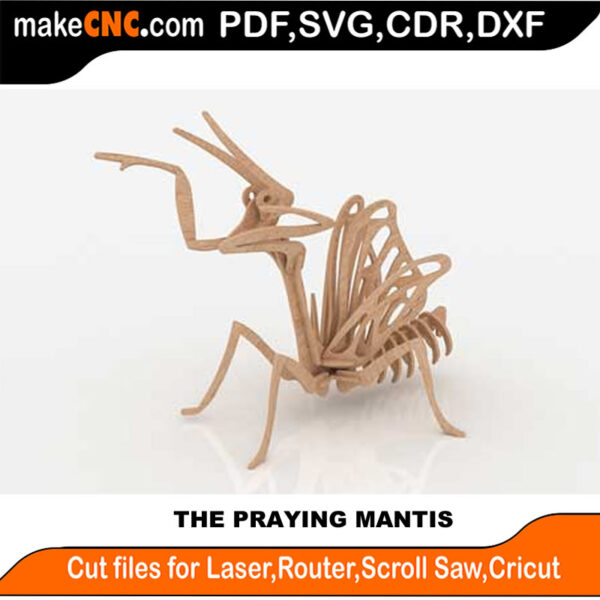

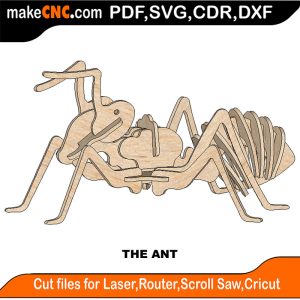
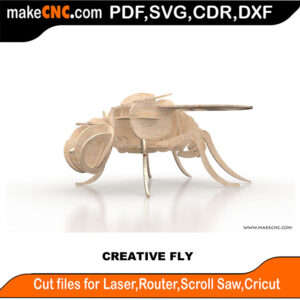
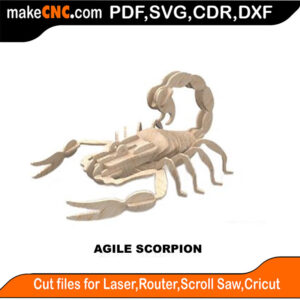
Reviews
There are no reviews yet.